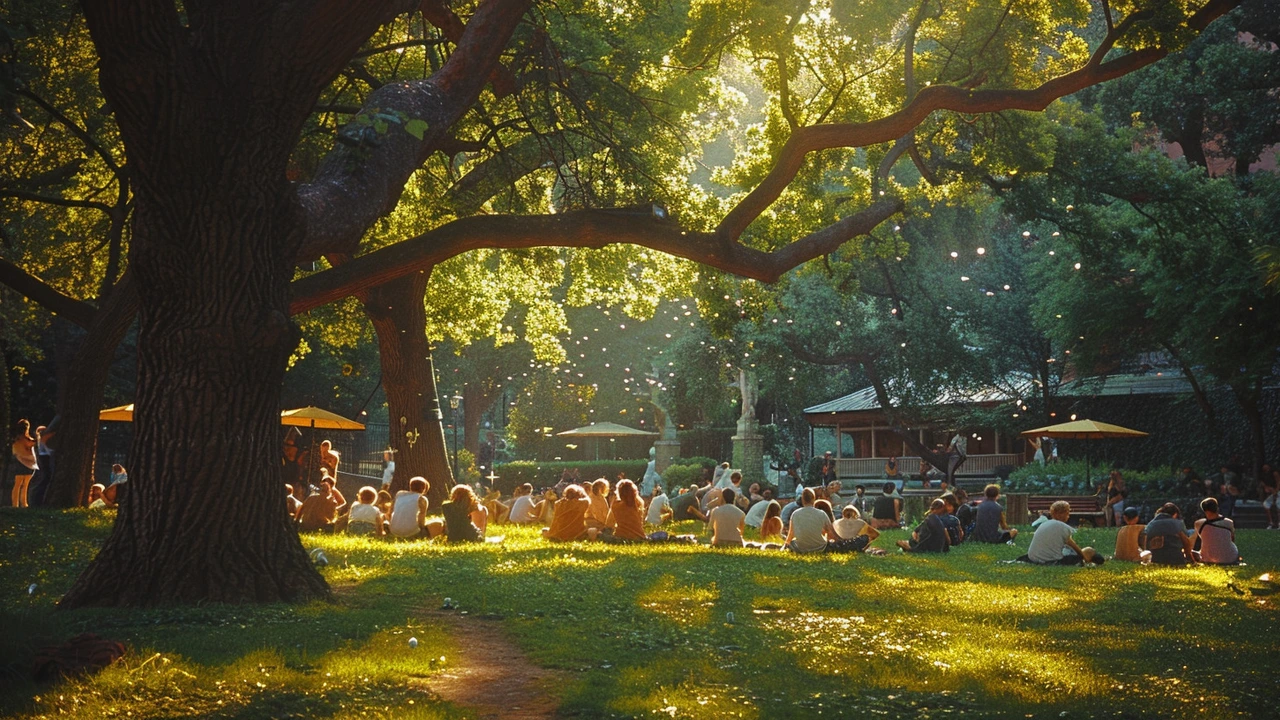The fashion industry is currently experiencing a fascinating phase of revivalism, where the past and present blend seamlessly to create modern interpretations of vintage styles. This article delves into the reasons behind this phenomenon, highlighting how nostalgia, sustainability, and individuality play pivotal roles. It also offers an insightful look into how designers and consumers alike are navigating this trend, breathing new life into forgotten fashions with a contemporary twist. With a mix of historical context and current examples, this piece offers a comprehensive understanding of why revivalism isn't just a trend but a movement reshaping the fashion landscape.
Vintage Trends: A Practical Guide to Classic Architectural Styles
Love old buildings but not sure what to call them? This page gathers posts on vintage trends in architecture—from Colonial porches to Beaux-Arts facades—and gives you clear, usable ways to spot styles and borrow ideas for modern projects.
Quick style primer: what to look for
Start with the basics: columns mean classical ideas (Greek Revival, Beaux-Arts); heavy ornament and curves point to Baroque or Beaux-Arts; clean lines and functional shapes are hints of Bauhaus or International Style. Timber and handcrafted joinery usually signal Craftsman. Brick symmetry and sash windows often mean Georgian. If a building looks like a stage set with dramatic shapes and unusual forms, you may be looking at Expressionist or Postmodern work. Note materials—stone, cast iron, terra cotta, or early concrete—because they help date the design.
Want short examples? A house with wide eaves and exposed rafters? Craftsman. A grand city bank with columns and carved friezes? Beaux-Arts. A public building with classical pediment and Greek columns? Greek Revival. Rounded domes and arches often trace back to Roman or Renaissance influence.
How vintage trends matter for today
Vintage styles aren’t just museum pieces. They shape how cities feel and teach practical lessons. For example, Roman arches and vaults solved structure and light; you can apply the same logic with modern materials for bigger open spaces. Craftsman details remind us that durable materials and simple, honest joinery age well. Revival movements—like Renaissance Revival or Mediterranean Revival—offer ready-made palettes for restoration or for updating a home while keeping character.
If you’re renovating, start with three things: preserve signature elements (windows, cornices, entryways), match materials where possible, and add modern systems discreetly. You don’t need to copy a style exactly. Use one or two vintage features—an arched window, a columned entry, or decorative molding—and let contemporary finishes balance the look.
Curious where to see good examples? Travel to cities that grew during the 18th and 19th centuries. Boston and Charleston for Colonial and Georgian, Florence and Rome for Renaissance, Paris for Beaux-Arts, and several American and European towns for Mediterranean Revival. For radical 20th-century ideas, check out Bauhaus sites and Constructivist landmarks in their home cities.
Read the linked posts to go deeper: history, key architects, and practical design tips are all here. Whether you’re a homeowner, designer, or just a curious walker, vintage trends give you a toolbox of shapes, textures, and ideas you can use today. Want help spotting styles in your neighborhood? Scroll the posts or send a photo—we’ll help you name the style and find useful ways to work with it.

